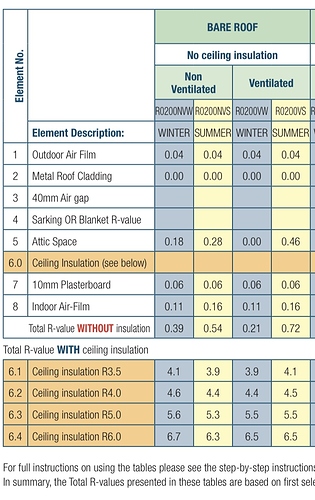There are two or three topics on insulation; this is not about insulation although related, so I am starting a new topic.
Has anyone upgraded or installed solar whirlybirds or mains powered exhausts, and what have been your experiences? There are lots of references to whirlybirds but not many to solar or mains powered ones beyond ads and the odd whirlpool discussion.
I found one ‘throw away’ reference on the community but not so many details were included.
My 2 whirlybird house in NE Melbourne has heat build up in the roof cavity in summer and gets cold in winter so I am considering addressing this because one of the whirlybirds is signalling it needs attention at 22 years.
There are ceiling batts and insulation under the colourbond. A reasonable expectation is either a solar whirlybird or powered exhaust will improve comfort by cooling the roof cavity in summer and letting it get a bit warmer in winter.
Adverts for thermostatically controlled solar whirlybirds w/onboard batteries include lots of puffery as well as believable claims, roughly $400~500 per typical unit plus installation. Thermostatically controlled mains powered exhausts seem to be about double plus added sparky costs (PV system notwithstanding) leading me to think the solar variety are the ‘gold standard’ for price-performance.

